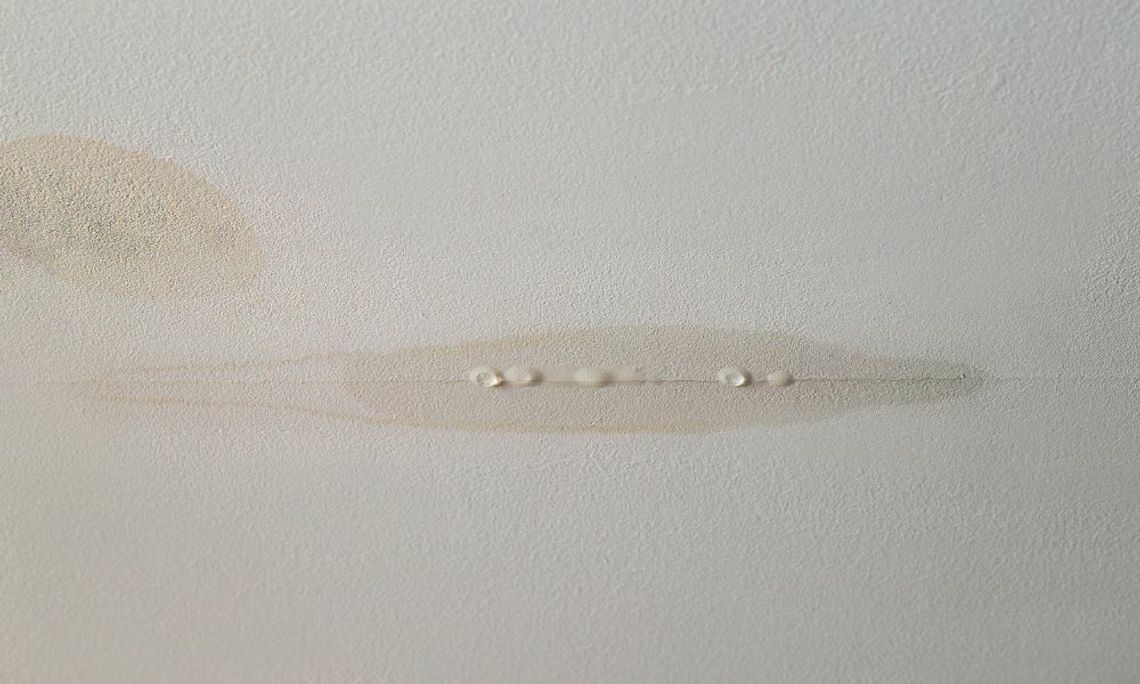It might have happened to you already. You’re sitting at home or perhaps walking through a room, and suddenly—plop! You hear water dripping somewhere, or worse, feel a cold, wet drip on your arm, leg, or head. Drips are irritating. Homes should be mostly watertight, and anytime water shows up in a place where it shouldn’t, it might be a warning sign of a bigger problem. Here are four places drips may be coming from in your home and how to address them quickly.
The Bathroom
Often, if drips are happening in your home, they’re taking place somewhere in the bathroom. Between the sink, bathtub faucet, and shower head, water is likely to fall from many places there. Even if you can put up with a steady drip, drip, drip from the faucet (and some folks can’t), you shouldn’t let it go unattended. Faucet drips add up to bigger water and heating bills over time. Usually, it’s a quick fix. You may just need to add a washer to the faucet or a P-trap under the sink. Do it sooner than later because you should never allow water to sit and slowly rust or seep its way into the floor. And if your toilet seems to be dripping, check the flapper valve or add food coloring to the tank to see if there’s a crack.
The Laundry Room
Your clothes washer likely connects to your house’s water supply, getting hot and cold water through a pair of hoses. Like any piece of equipment, hoses can wear out, especially under heavy use. If there’s a drip and a puddle under the washer, it might be time to replace the hoses. Every five to seven years is their usual lifespan. If the hoses are fine, something might be leaking inside the machine. Contact a technician right away.
The HVAC System
When it gets hot and muggy, your HVAC system works extra hard to keep your family nice and cool. Twice a year, especially before the hotter and colder seasons, have it inspected and cleaned out. This way, it’s ready to do its duty once more. If you hear or feel it drip, though, you need to act quickly. Mini split systems can drip for several reasons, including clogged drain lines and damaged drain pans. Other systems’ ductwork can cool down to the point of creating condensation that can gather and drip. A dehumidifier can help prevent this.
The Walls and Ceilings
These are the drips you never want to encounter. Pipes can burst or leak, and roofs can age and drop their guard against rain, sleet, and snow. Along with drips, watch out for wet patches, peeling or bubbling paint, and puffy wallpaper. A musty smell can also indicate an inner leak. To find its source, you should familiarize yourself with your home’s layout. Water and radiator pipes are usually easy to locate when you know your sink, tub, and heating layouts. Call a plumber if you think you have a leak. A burst pipe, however, will let you know exactly where it is. Roof leaks might be harder to divine without getting out there and looking at the shingles, tiles, or tarp. But if you suspect one, call a roofer before the next big rainfall!
Those are four places drips may be coming from in your home. Knowing them will help you stay dry.


Comment
Comments